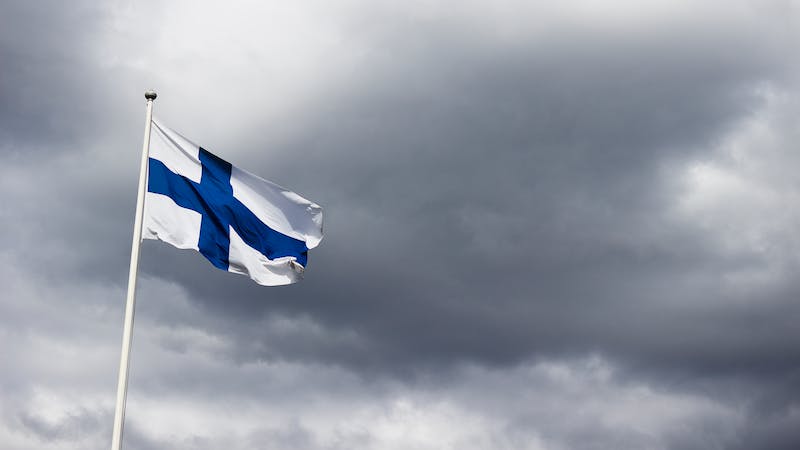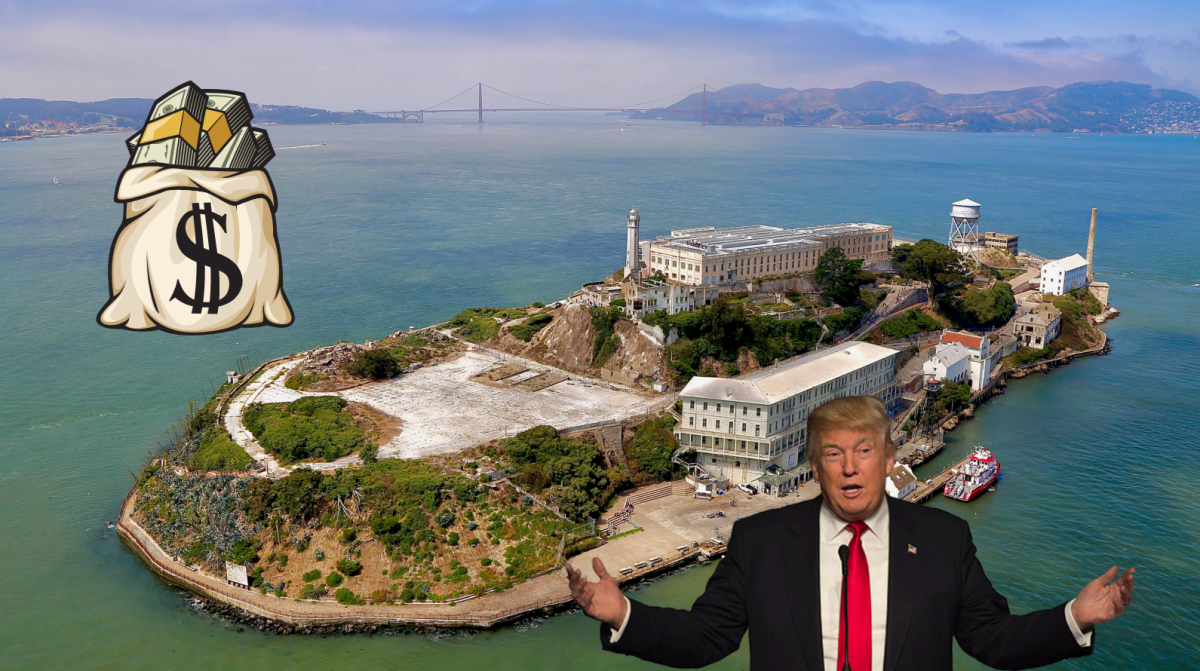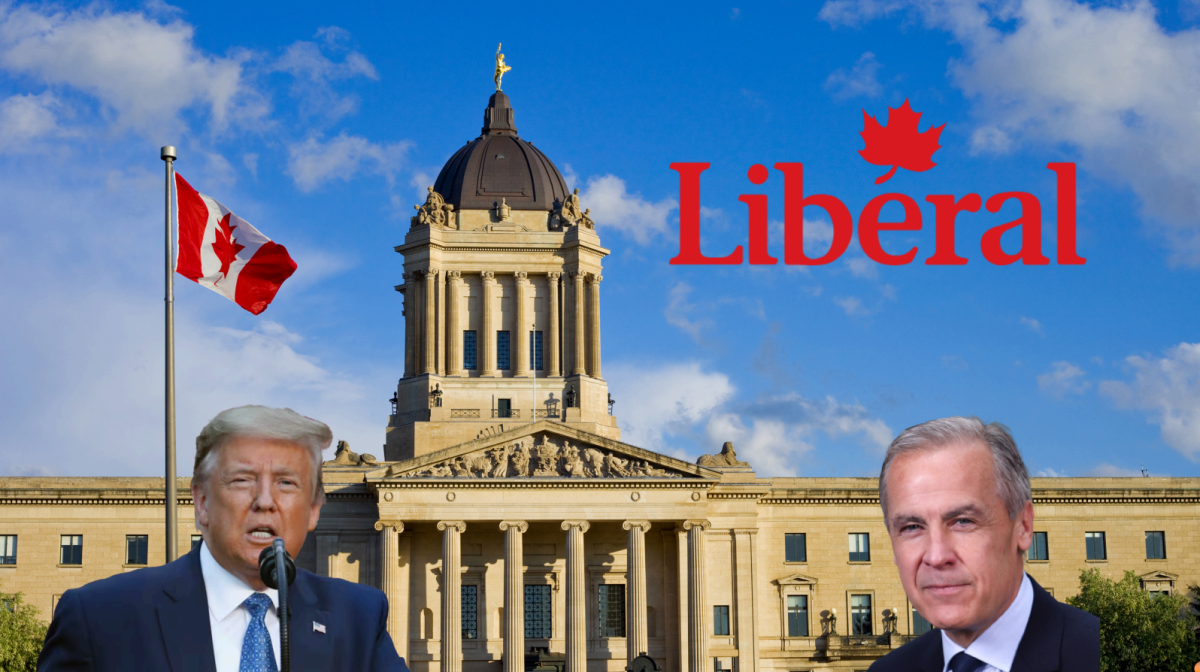Despite minimal news coverage in the last few months, conflict between Ukraine and Russia has yet to reach a stand still. The newest development in the war has been Finland’s approval into the longstanding alliance NATO, after nearly a year of waiting. But what does this mean and why does it matter? In this edition of Shield Sheds Light, learn what NATO is, why Finland’s approval is such a big deal, and why it should matter to you.
What is NATO?
NATO is an acronym for The North Atlantic Treaty Organization, formed in the wake of World War II as a collective security measure against The Soviet Union. Members of NATO are called The Allies, and their purpose is to provide a unified defense against attacks on democracy, individual liberty and the rule of law.
As of April 5, there are 31 countries in the NATO alliance, all connected through a web of dialogue and resources.
The heart of NATO lies in Article 5, which states that “an armed attack against one or more of them in Europe or North America shall be considered an attack against them all.” This provides its member countries with a cushion of economic and military resources in the event of an attack or invasion.
NATO’s role in Ukraine
To Russia, this alliance, based on the ideals of democracy and stately sovereignty, poses a threat to the authoritarian regime that currently has the country in a chokehold.
Rough relations between Russia and Ukraine go back centuries, but have resurfaced because of Putin’s insistence that the Russian and Ukrainian people are one and should live under one rule: him.
In a statement broadcasted on the war’s one-year anniversary, Putin claimed that, “We aren’t fighting the Ukrainian people. Ukraine has become hostage of the Kyiv regime and its Western masters, which have effectively occupied the country.” It’s clear that his usage of the term “Western masters” refers to NATO.
This attitude is what initially prompted NATO to reject Ukraine’s appeal to join in 2008, which was voted on by all alliance members. When voting to add Ukraine and Georgia to the alliance, many countries were hesitant because of their strained relationship with Russia, and ultimately denied their application.
Without membership, Ukraine was unable to call upon NATO for assistance when Russia initially invaded last February, costing the lives of countless Ukrainian citizens.
Finland jumps on the NATO bandwagon
In light of the invasion, Finland, who shares an 830 mile long border with Russia, decided to apply for NATO membership. After years of deliberation and weighing the benefits of NATO with possibly provoking Russia, the illegal annexation of Ukraine sealed the deal.
Finnish president Sauli Niinistö is very pleased with the outcome of the member countries’ deliberations. “Each country maximizes its own security. So does Finland. At the same time, NATO membership strengthens our international position and room for maneuver,” Niinistö said. Finland’s admission acts as a physical manifestation of NATO’s influence and its imminent push eastward.
Current members see this as a much needed step in further securing NATO’s international presence, hopefully deterring Russia from further action.
Similar to how countries reacted when Ukraine initially applied, AP US Government & Politics teacher Joseph Youngbauer believes the contrary. “In terms of Russia’s continued desire, I don’t see [Finland joining] changing [Putin’s] resolve in Ukraine. Again, whether that means they’re successful or not, is a whole other question,” he stated. Fear of provoking Russia has stopped many countries from joining the NATO alliance in the past, including Sweden.
Vladimir Putin has expressed his contempt for NATO and its member countries, saying that Ukraine “has become hostage of the Kyiv regime and its Western masters, which have effectively occupied the country.” He often uses fear tactics and threatens retaliation to force other countries to act in a way that benefits his agenda.
Russia’s aggressive attitude towards the West is nothing new, and it’s clear that Putin’s behavior would not have been any different without NATO involvement in eastern Europe. The authoritarian regime that Putin operates under thrives off of a lack of freedom for the Russian people, which is directly threatened by NATO’s democratic ideals.
Putin’s reaction to Finland joining NATO directly aligns with this narrative, as Russia has announced they will be administering additional defense resources to bolster the Russia-Finland border. Senior Jake Wilsted believes NATO’s expansion will affect international relations on a large scale. “Finland joining NATO will heighten contention between Russia and other member nations. Russia has already threatened counter measures, as to what they are, one can only imagine,” Wilsted said. Again, the idea of Russian retaliation is proof of Putin’s fear tactics. Finland joining in spite of the fear of Russian retaliation establishes a more unified front against Putin’s power hungry agenda.
Youngbauer views Finland’s entrance into the alliance as a much needed step forward for the preservation of democracy, but doesn’t believe it solves any of the current issues plaguing the European continent. “As NATO continues to expand, and as Russia continues to view that expansion in a retaliatory way, I think that continues to make things tense, in terms of Finland’s relationship with Russia and the relationship between the East and the West,” Youngbauer continued.
The purpose of Finland’s entrance has been to invoke stability and reassurance in the NATO alliance. Despite this, the concrete and more long term effects of this new addition have yet to be revealed. Is peace possible with a hostile Russia, or will the East and West continue to fight at the expense of innocent lives?









